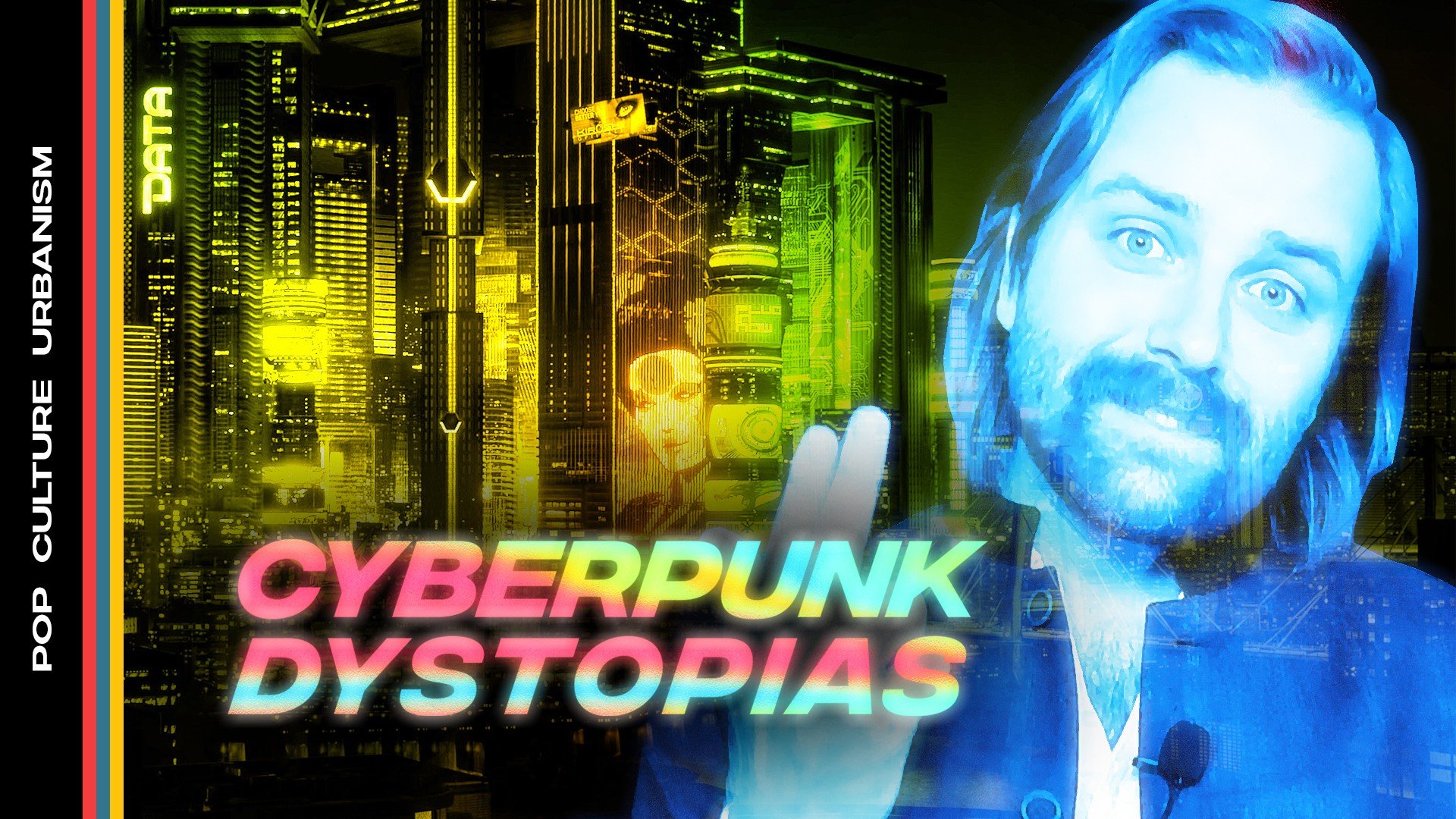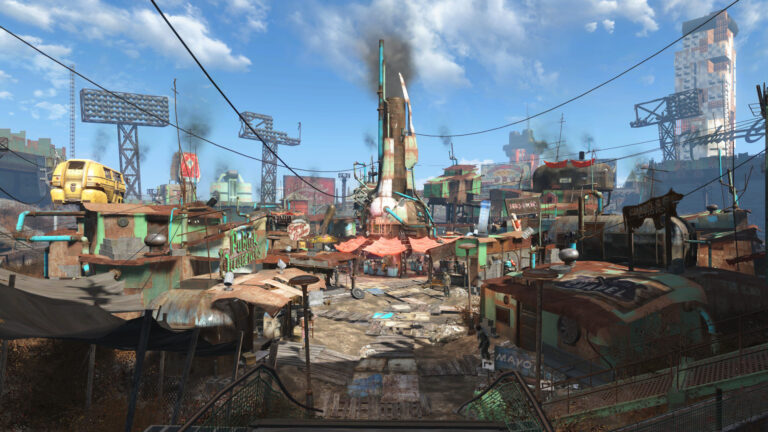Physical Address
304 North Cardinal St.
Dorchester Center, MA 02124
Physical Address
304 North Cardinal St.
Dorchester Center, MA 02124

Night City: the cyberpunk themed sandbox of William Gibson’s darkest tech-themed dreams, and despite the host of game-breaking glitches, home to all the anti-urban nightmares that the genre helped spawn. In this episode of Pop Culture Urbanism, I dig deep into the cyberpunk genre, the era that spawned and popularized it, and subsequent “unseen” opportunity cost of de-urbanization that continues to haunt us to this day. Be sure to follow future episodes by subscribing to the Pacific Legal Foundation on YouTube! We have a lot of content in the hopper that you won’t want to miss. Directed by Calvin Tran and produced by our friends at the Pacific Legal Foundation.

Even by the bizarre standard set by other fandoms, the fandom surrounding the Fallout video game series is weird. Where your typical human would rather spend a Friday night doing strange things like “hang out with friends” and “go out,” your average Fallout fan is likely spending his or her night asking “Could super mutants exist?” or debating the ethical merits of Fallout 4’s factions. In the spirit of this tradition, we wanted to ask: how realistic are Fallout’s cities? It’s worth first asking, does the Fallout universe even have cities? On the one hand, what we call “cities” in Fallout are quite small. In terms of actual visible inhabitants, even the largest of the Fallout cities—the urban area of New Vegas—has fewer than 150 known residents. Other large communities like Megaton, Rivet City, and Diamond City have approximately 50 residents each. The settlements that dot Fallout 4’s Commonwealth all have maximum populations of 21. Even the earliest known cities—take for example, Jericho—had estimated populations ranging from 2,000 to 3,000 in 9,000 BCE. There are two possible responses to this: First, we could be generous and look at Fallout concept art. After all, what we see in the virtual world of Fallout may fall short of the game designers’ vision of each city. Renditions of Megaton, Diamond City, and Rivet City depict cities with populations likely in the hundreds. In the case of New Vegas, concept art depicts a large city potentially supporting thousands of residents. Each is still smaller than even the earliest cities, but they are hardly the villages we experience in the games. Second, we could set aside population as an issue altogether. In The Urban Revolution, archaeologist V. Gordon Childe sets out 10 general metrics for urban cities. We won’t go through them here, […]